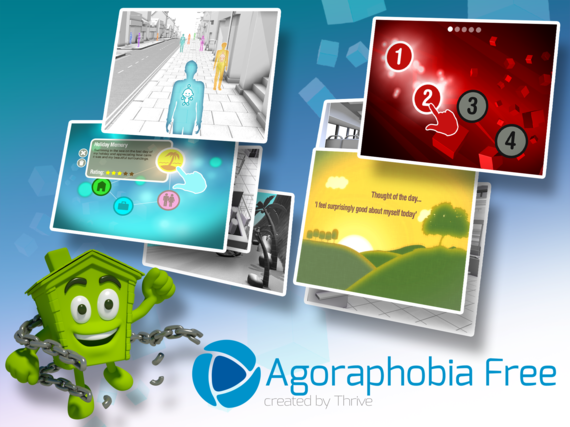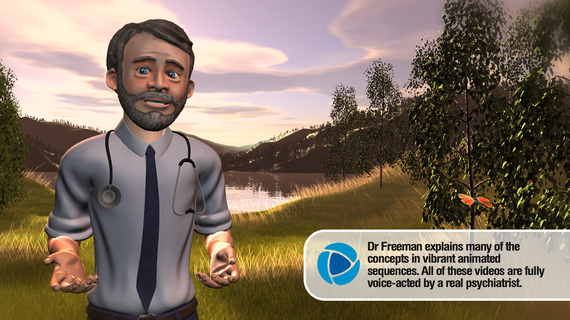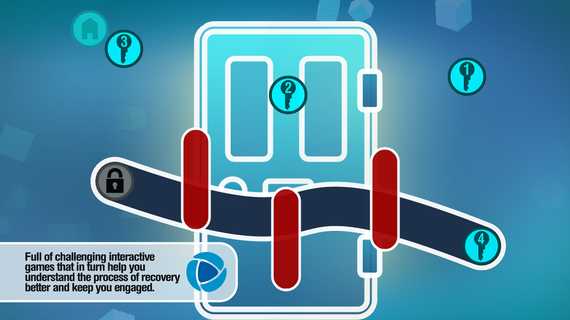Imagine waking up in the morning and being unable to take a step outside, imagine not being able to pop down to your local store or leave the house to visit family and friends. This is reality for those experiencing agoraphobia. The mere thought of leaving an individual's 'safe space' can result in a full blown panic attack.
Agoraphobia, an anxiety disorder affecting 3-6% of the population within the UK, has a significant impact on daily life, making it near impossible for those affected to do the things we take for granted. Agoraphobia can present in many ways. A fear of crowds, fear of being outside alone, fear being in an enclosed space and on public transport can all be different manifestations of agoraphobia. The best way to define it is an extreme fear of being in a situation that the individual affected sees as inescapable or a situation where if something goes wrong they cannot get help. Individual fears can vary depending on the person, for example, some fear losing their mind, some fear becoming seriously ill and some fear of losing control and hurting themselves or others.
Agoraphobia has a built-in vicious circle that makes it worse over time. The person gets anxious when going out which therefore results in avoidance of leaving the house. Staying inside the comfort of ones own home provides relief for the individual, eventually trapping one inside. As the person is not encountering the outside world it becomes even scarier, forcing those affected to retreat further into their safe spaces. As they cannot leave their safe spaces it makes it impossible for them to go out to get help.
How is agoraphobia usually treated?
The usual treatment process for agoraphobia would consist of visiting a therapist, undergoing 15 to 20 sessions of exposure therapy which combines exercises of gradual exposure to the feared situation with techniques to modify the automatic negative self-talk people experience when they are in situations that trigger their fear. This method breaks the circle of progressive isolation. Exposure therapy is a version of cognitive behavioural therapy (CBT) and it is a tried and tested method of treating agoraphobia, but very few people can access it due to the fact that severe enough agoraphobia stops them from being able to leave their homes. Also, depending on where you live you may face very long waits to access treatment and it can be very expensive.
That's why our doctors at Thrive, (with a combined experience of over 40 years) have developed an app using clinically proven techniques to use anywhere, on the go, for a fraction of the price of therapy.

The app itself uses a variety of techniques used by therapists in everyday practice, which have each proven to be beneficial within treating agoraphobia and include:
● Psychoeducation (learning about and understanding the condition),
● Reflection (reflecting on personal experience)
● Systematic desensitisation (gradually exposing one to their fear)
● Cognitive behavioural therapy (training yourself to stop automatic negative thoughts and changing the perspective in how you view certain things/fears)
It also includes learning relaxation techniques to gain control over the anxiety while you are facing your fears. Agoraphobia Free uses the same evidence and techniques as visiting a professional--the only difference being the techniques are carried out virtually.
To begin with, you are introduced to your virtual therapist, Dr Freeman, who asks you a few multiple choice questions in order to measure the severity of your anxiety disorder. You work through various common situations that affect people with agoraphobia by following the case of Alex, a woman recovering from agoraphobia.

As Alex encounters different situations and you help her work through them the app teaches you the skills you need to confront your fears. After each chapter in Alex's case study you are asked to use the same techniques she has used in your own situation going through all the same steps of therapy. As you progress you will learn relaxation techniques, distraction techniques and cognitive behavioural techniques. You will build on your ladder of exposure from situations that are easy for you to face to situations you would want to conquer in the future. You will also be taught how to create your own 'formulation', a way to explain and understand how you came to suffer from agoraphobia.
The app comes also with many 'just-in- time techniques' the person can use while working through the ladder of exposure in real life. It is like carrying your own therapist in your pocket.

Dr Andres Fonseca, our founder and CEO said: "We developed Agoraphobia Free to provide a solution to millions of people affected by agoraphobia that cannot attend a clinic appointment and cannot afford home visits from a therapist. We built it using all the scientifically proven techniques that have shown to be effective in agoraphobia. We hope it will help all those trapped at home a way to start their journey towards recovery."

Agoraphobia Free uses serious games and game-like mechanics to make the therapy engaging. The app has been co-designed with individuals suffering from agoraphobia, members of Anxiety UK and experts from University of Roehampton.
To download Agoraphobia Free: Search 'Agoraphobia Free Thrive' on your Apple IOS device.
